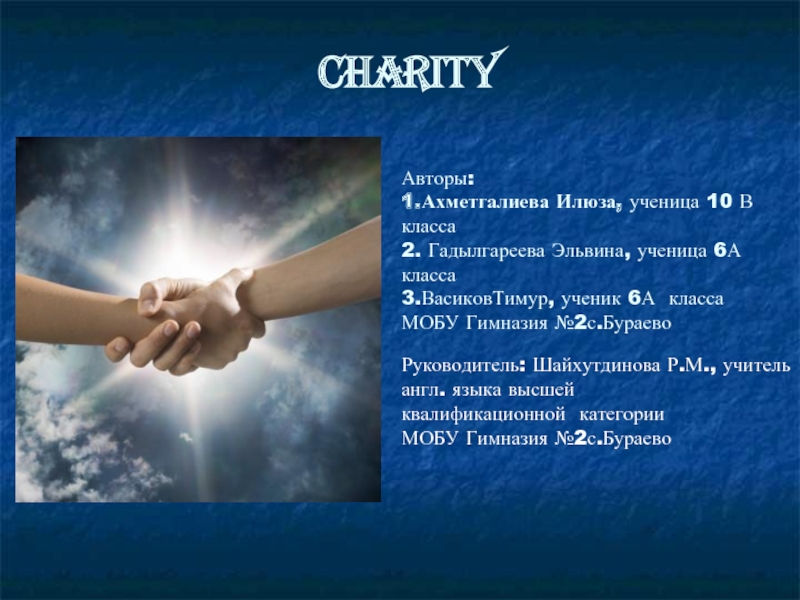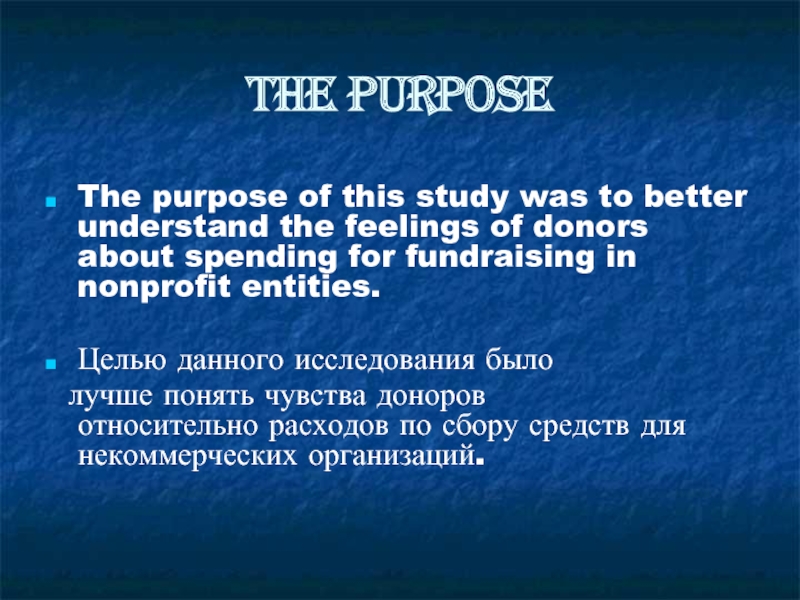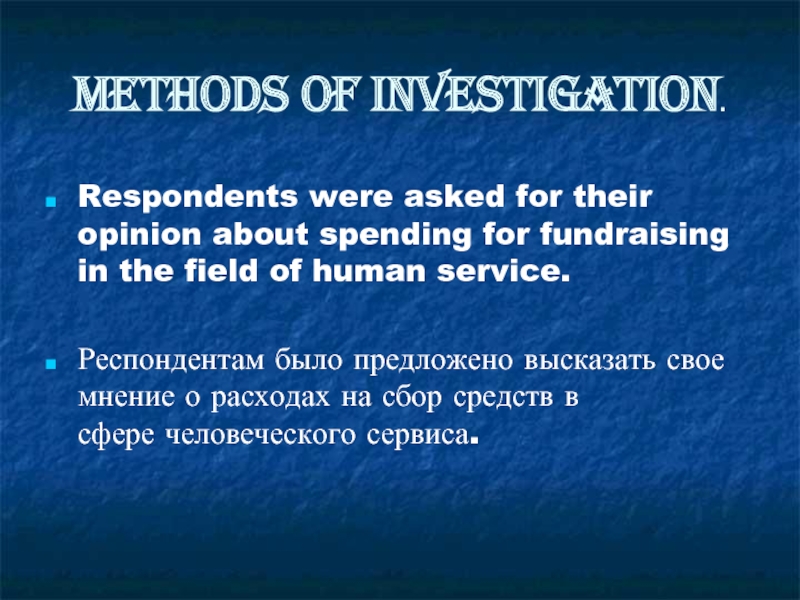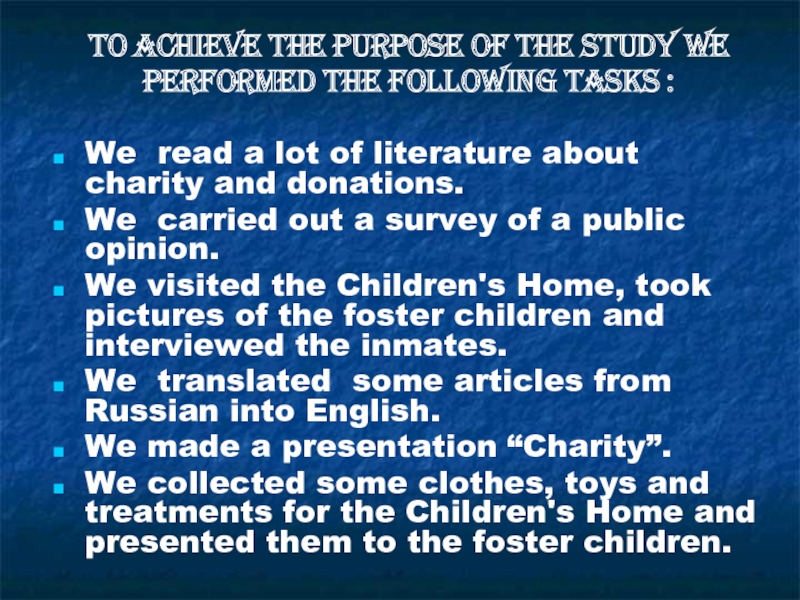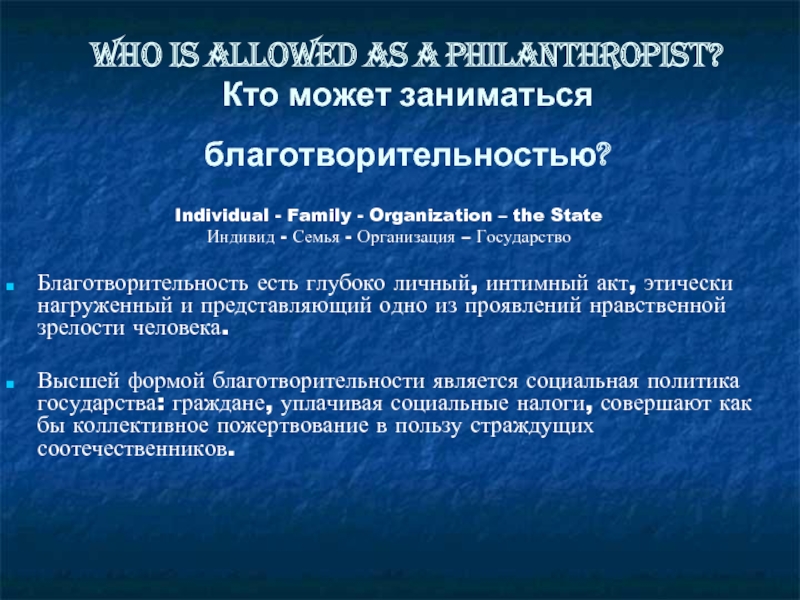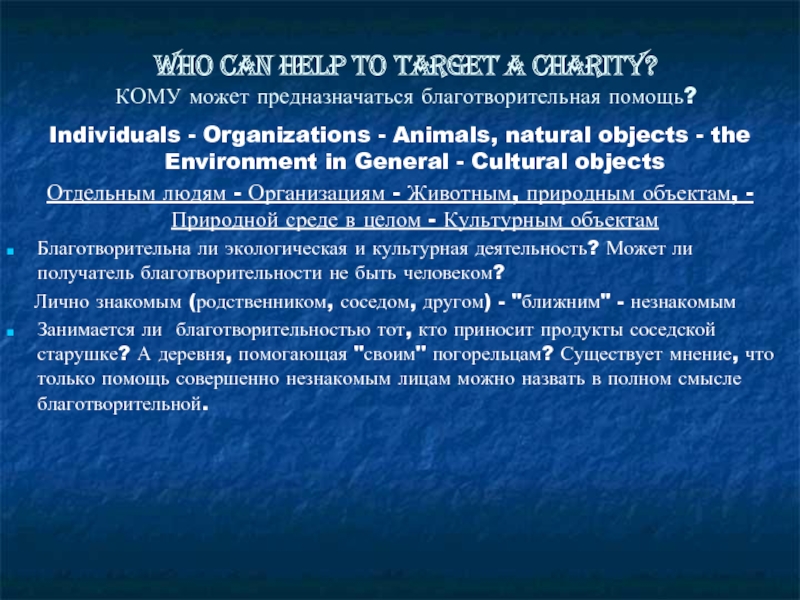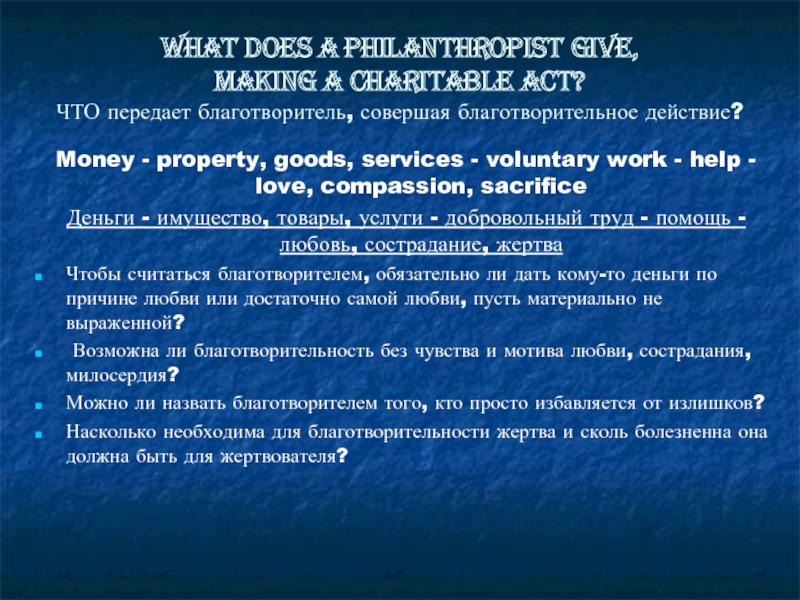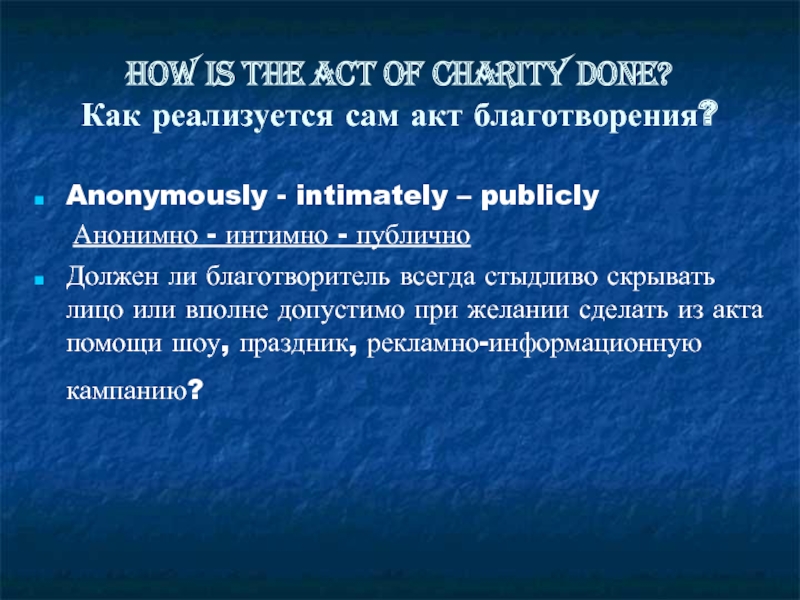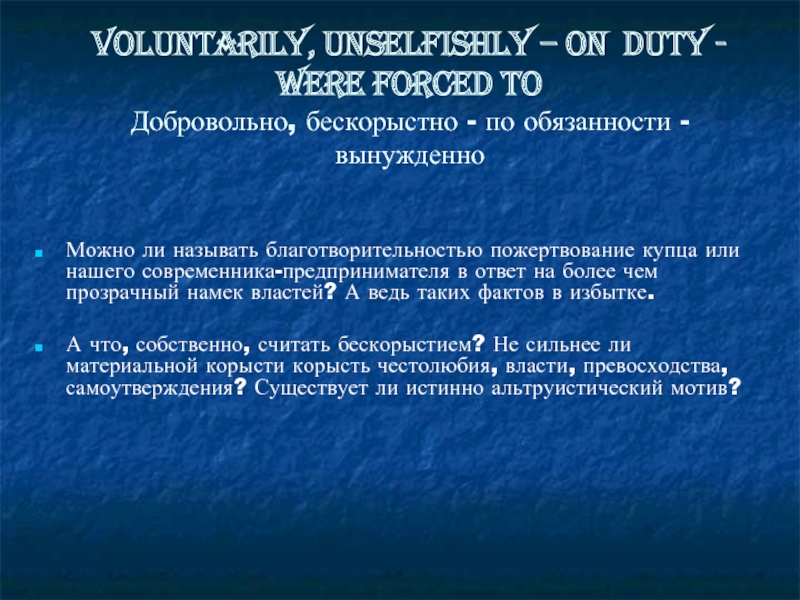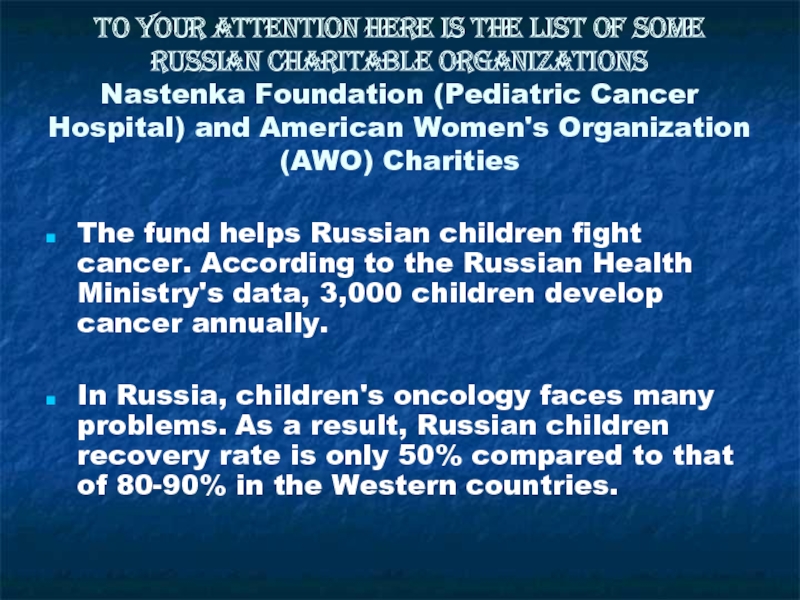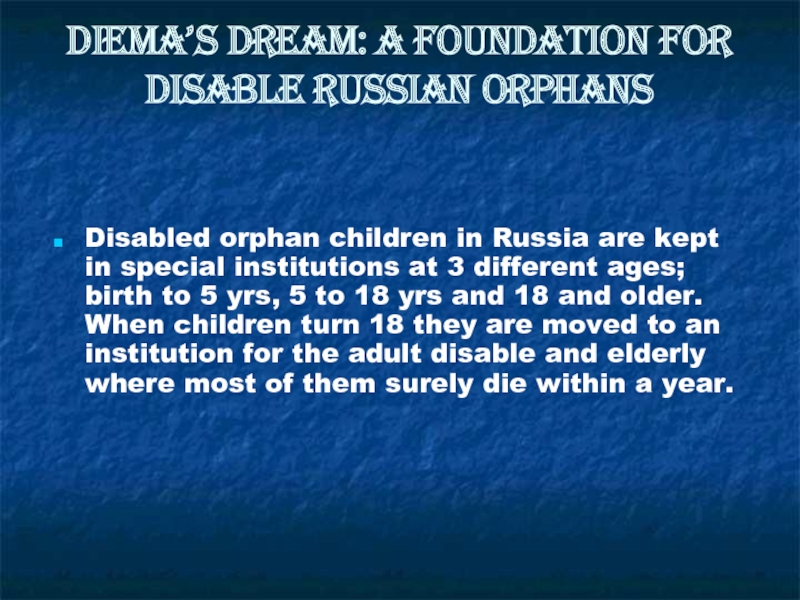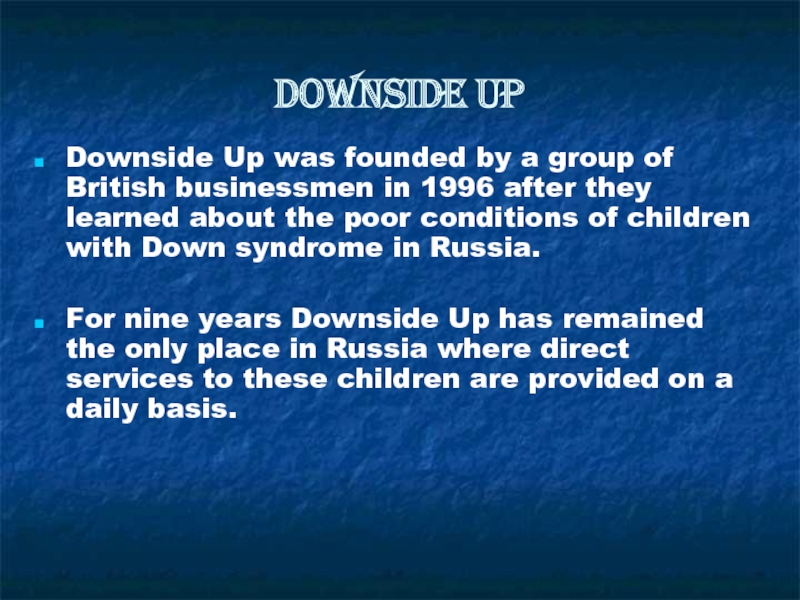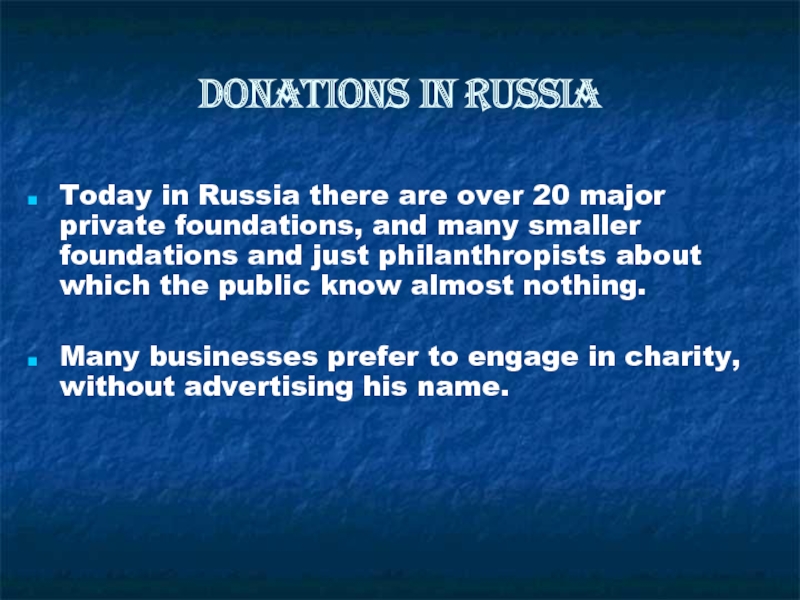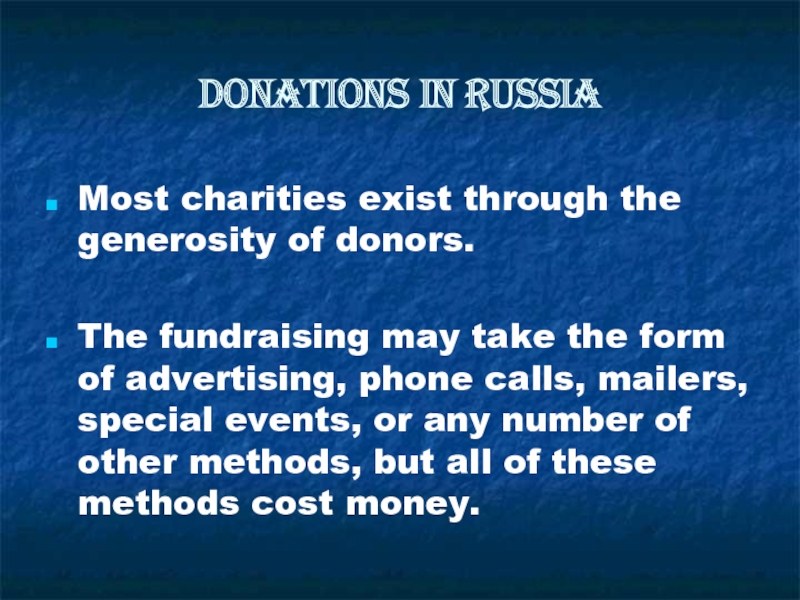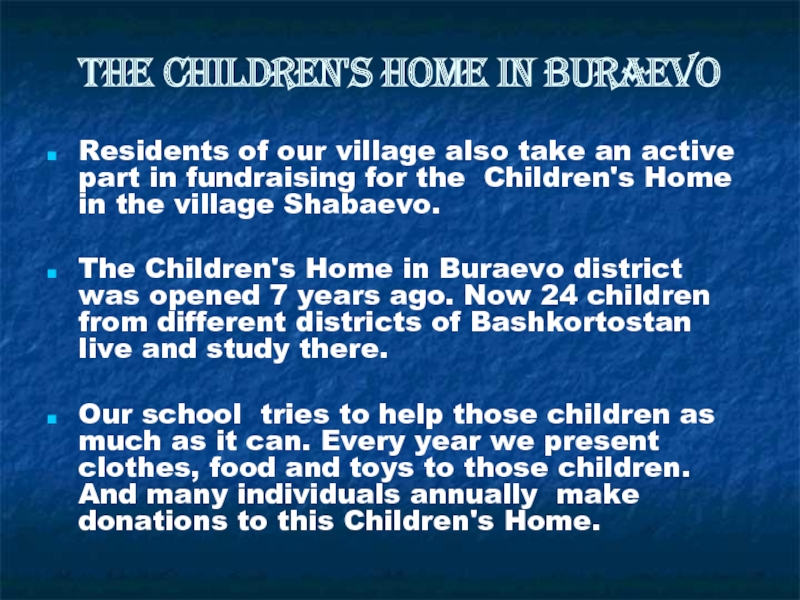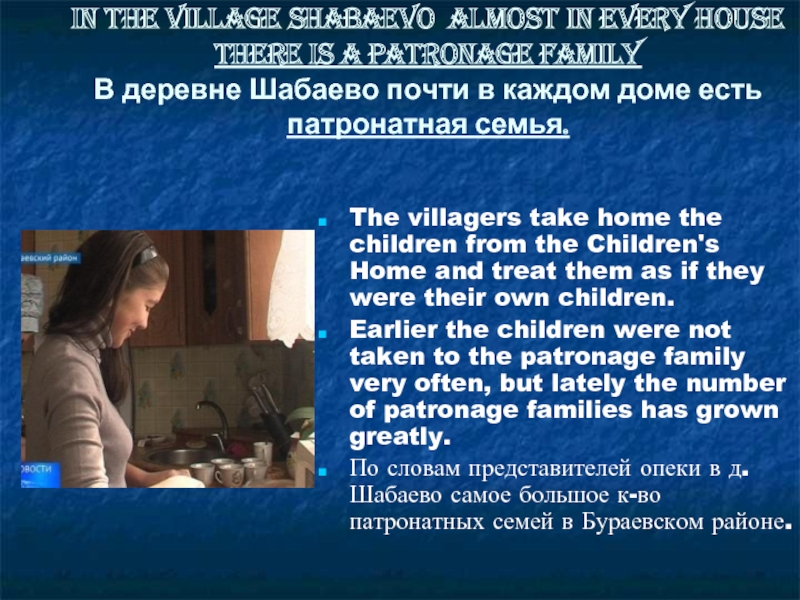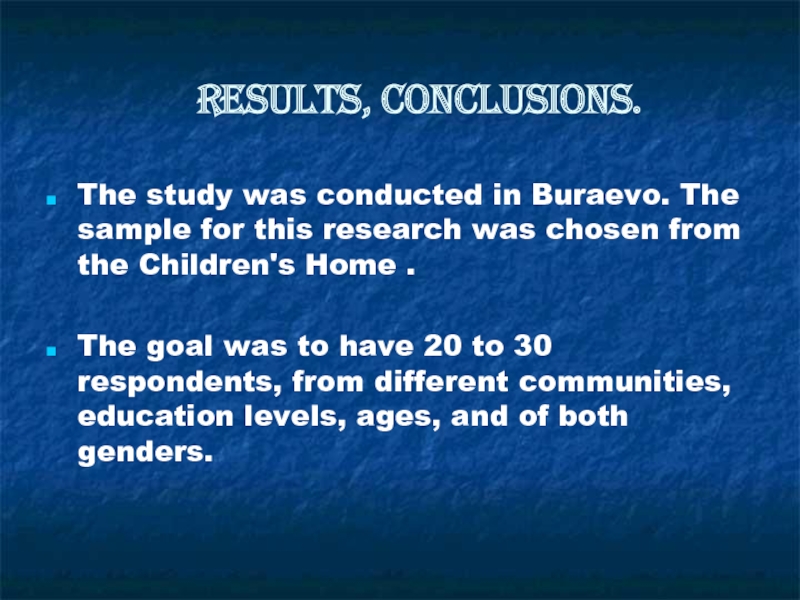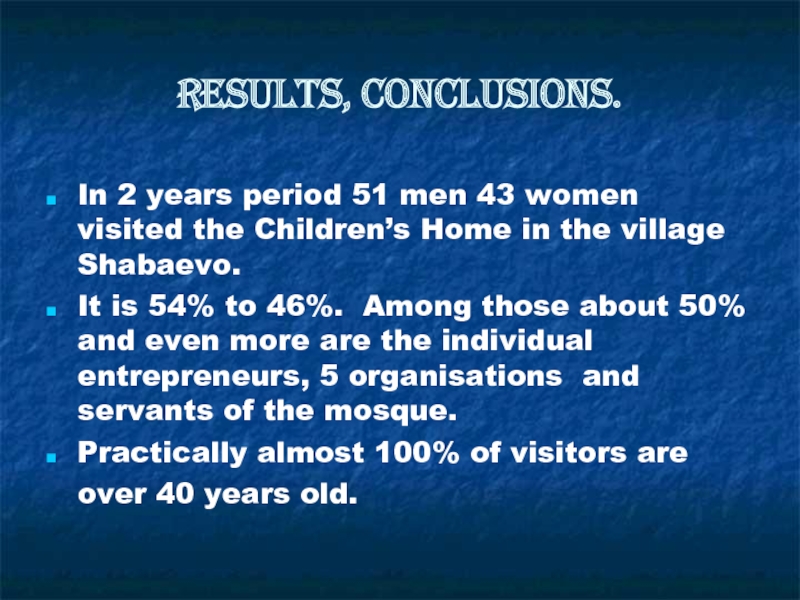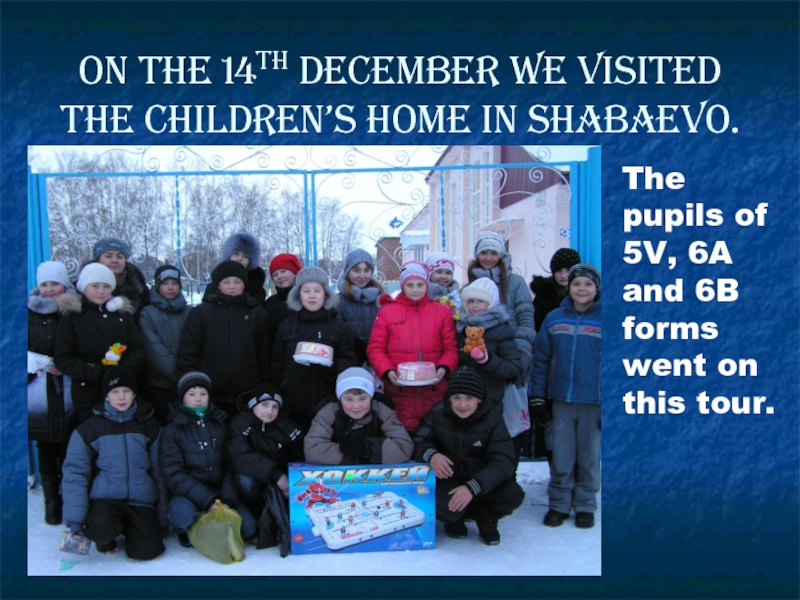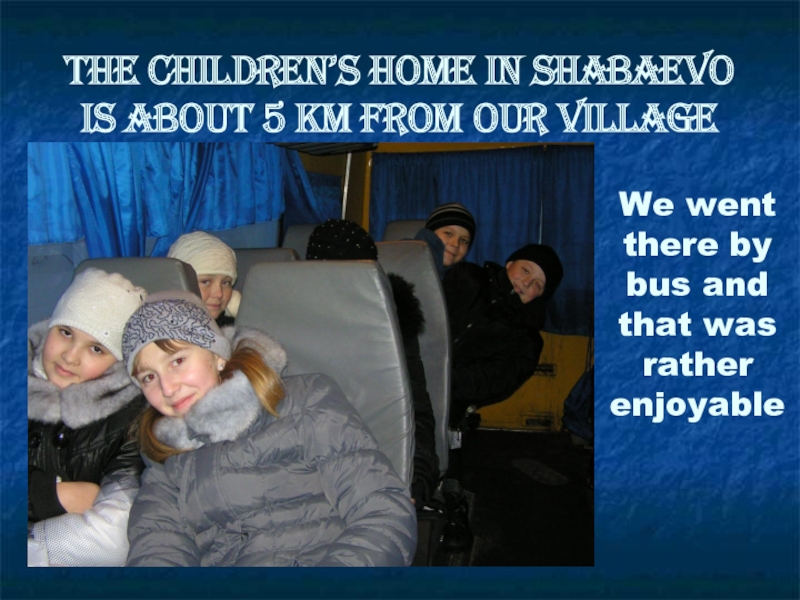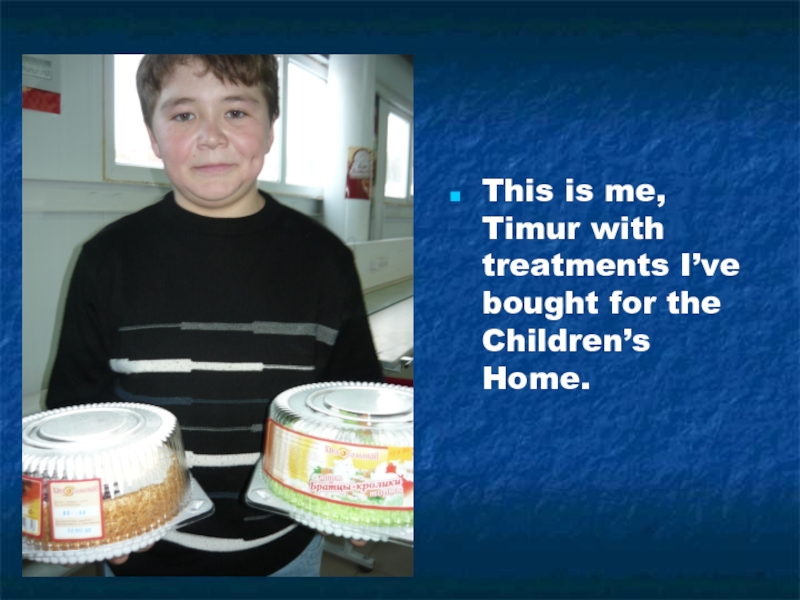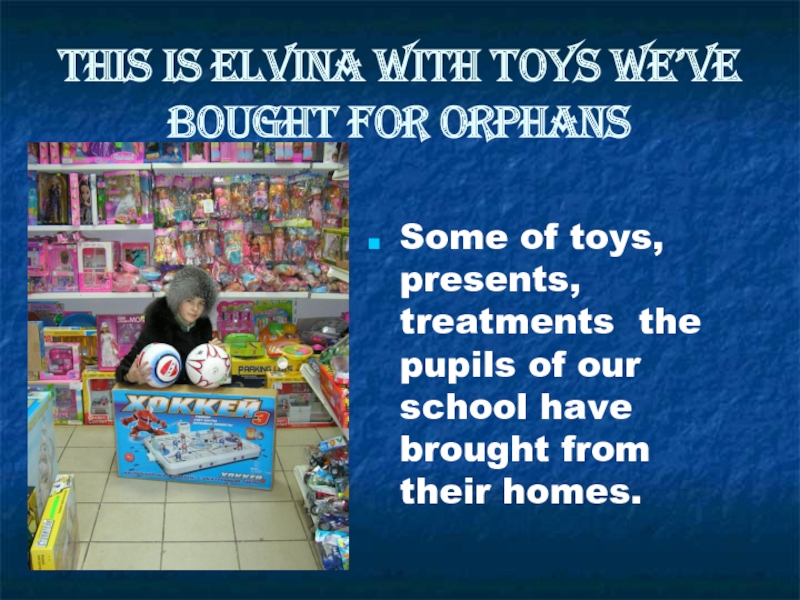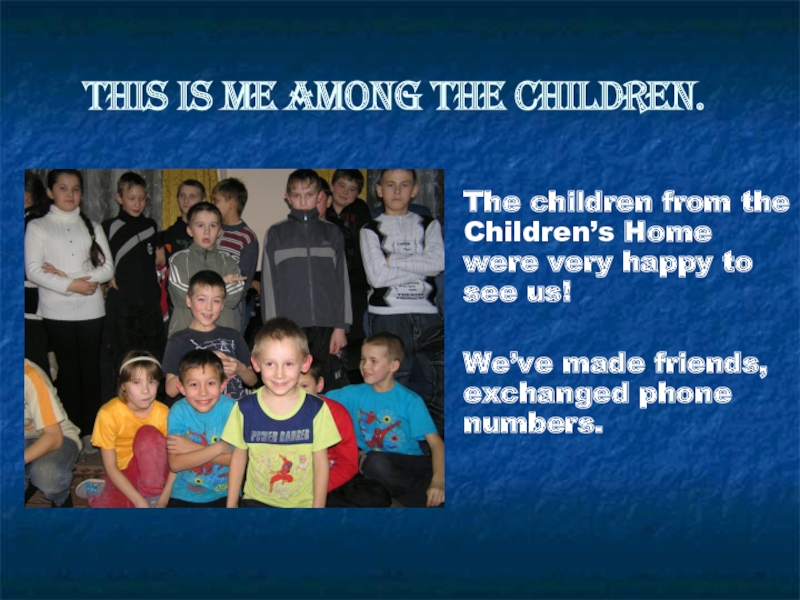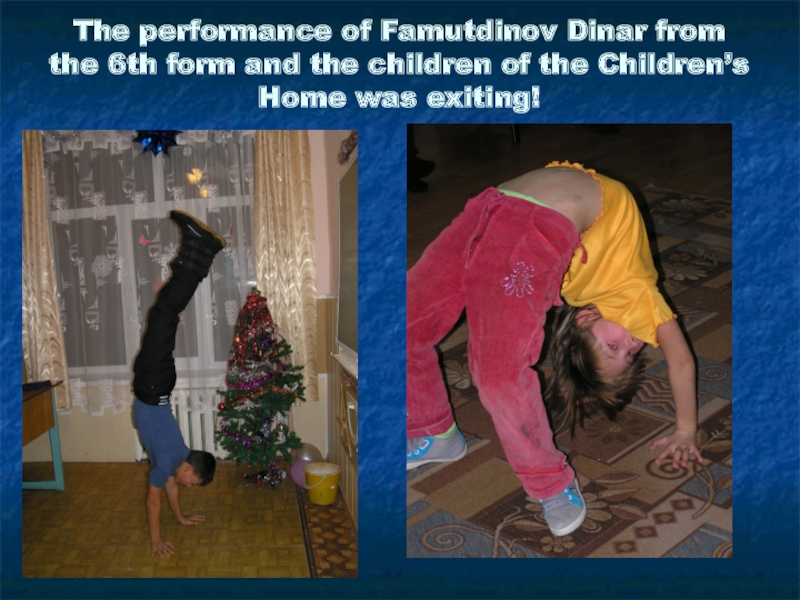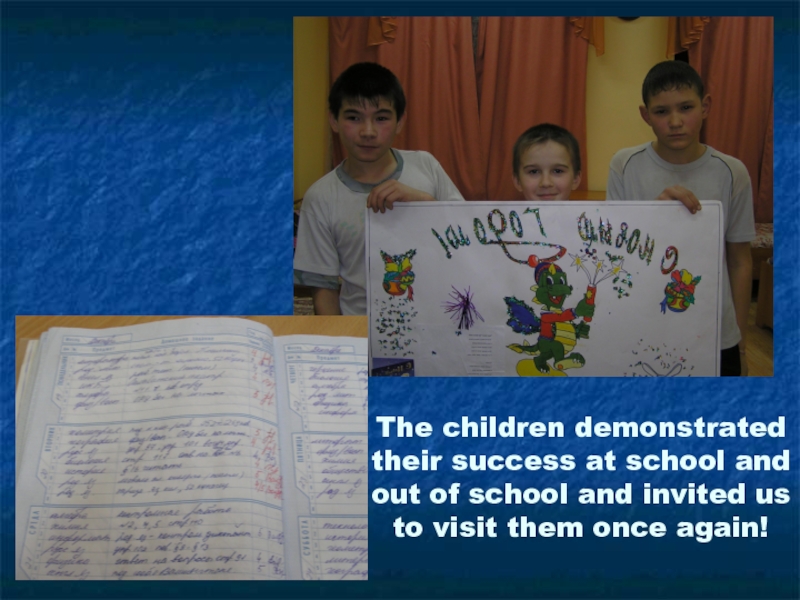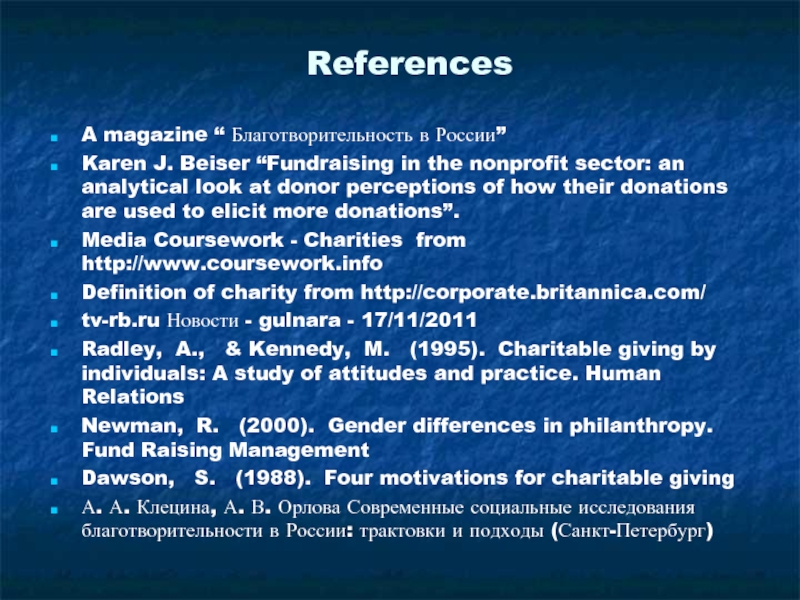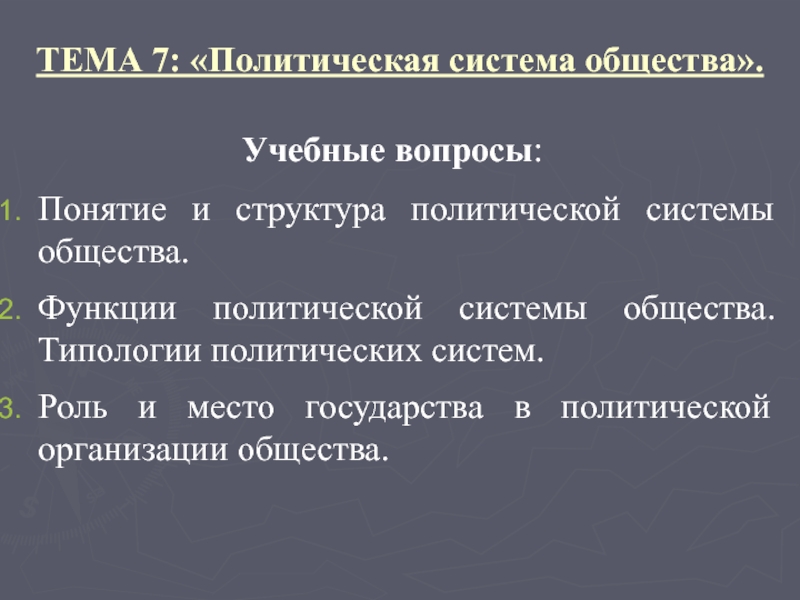- Главная
- Разное
- Дизайн
- Бизнес и предпринимательство
- Аналитика
- Образование
- Развлечения
- Красота и здоровье
- Финансы
- Государство
- Путешествия
- Спорт
- Недвижимость
- Армия
- Графика
- Культурология
- Еда и кулинария
- Лингвистика
- Английский язык
- Астрономия
- Алгебра
- Биология
- География
- Детские презентации
- Информатика
- История
- Литература
- Маркетинг
- Математика
- Медицина
- Менеджмент
- Музыка
- МХК
- Немецкий язык
- ОБЖ
- Обществознание
- Окружающий мир
- Педагогика
- Русский язык
- Технология
- Физика
- Философия
- Химия
- Шаблоны, картинки для презентаций
- Экология
- Экономика
- Юриспруденция
Charity: a thing that begins at home, and usually stays there. Elbert Hubbard Благотворительность начинается дома и обычно там и заканчивается. Элберт. презентация
Содержание
- 1. Charity: a thing that begins at home, and usually stays there. Elbert Hubbard Благотворительность начинается дома и обычно там и заканчивается. Элберт.
- 2. Авторы: 1.Ахметгалиева Илюза, ученица 10 В
- 3. The purpose The purpose of this study
- 4. Methods of investigation. Respondents were asked for
- 5. To achieve the purpose of the study
- 6. Who is allowed as a philanthropist? Кто
- 7. Who can help to target a charity?
- 8. What does a philanthropist give, making
- 9. How is the act of charity done?
- 10. Voluntarily, unselfishly – on duty - were
- 11. To your attention Here is the List
- 12. Diema’s Dream: A foundation for Disable Russian
- 13. Downside Up Downside Up was founded by
- 14. Donations in Russia Today in Russia there
- 15. Donations in Russia Most charities exist through
- 16. The Children's Home in Buraevo Residents of
- 17. in the village Shabaevo Almost in
- 18. Results, Conclusions. The study was conducted
- 19. Results, Conclusions. In 2 years period 51
- 20. Results, Conclusions The very wealthy people give
- 21. On the 14th December we visited the
- 22. The Children’s Home in Shabaevo is about
- 23. This is me, Timur with treatments I’ve bought for the Children’s Home.
- 24. This is Elvina with toys we’ve bought
- 25. This is me among the children. The
- 26. The performance of Famutdinov Dinar from the
- 27. The children demonstrated their success at school
- 28. Let mercy thrives in your souls! Пусть милость процветает
- 29. References A magazine “ Благотворительность в
- 30. Thank you very much for your attention!
Слайд 1Charity: a thing that begins at home, and usually stays there.
Благотворительность начинается дома и обычно там и заканчивается.
Элберт Хаббард
Слайд 2Авторы:
1.Ахметгалиева Илюза, ученица 10 В класса
2. Гадылгареева Эльвина, ученица
Руководитель: Шайхутдинова Р.М., учитель англ. языка высшей
квалификационной категории
МОБУ Гимназия №2с.Бураево
Charity
Слайд 3The purpose
The purpose of this study was to better understand the
Целью данного исследования было
лучше понять чувства доноров относительно расходов по сбору средств для некоммерческих организаций.
Слайд 4Methods of investigation.
Respondents were asked for their opinion about spending for
Респондентам было предложено высказать свое мнение о расходах на сбор средств в сфере человеческого сервиса.
Слайд 5To achieve the purpose of the study we
performed the following
We read a lot of literature about charity and donations.
We carried out a survey of a public opinion.
We visited the Children's Home, took pictures of the foster children and interviewed the inmates.
We translated some articles from Russian into English.
We made a presentation “Charity”.
We collected some clothes, toys and treatments for the Children's Home and presented them to the foster children.
Слайд 6Who is allowed as a philanthropist?
Кто может заниматься благотворительностью?
Individual -
Индивид - Семья - Организация – Государство
Благотворительность есть глубоко личный, интимный акт, этически нагруженный и представляющий одно из проявлений нравственной зрелости человека.
Высшей формой благотворительности является социальная политика государства: граждане, уплачивая социальные налоги, совершают как бы коллективное пожертвование в пользу страждущих соотечественников.
Слайд 7Who can help to target a charity? КОМУ может предназначаться благотворительная помощь?
Individuals - Organizations - Animals, natural objects - the Environment in General - Cultural objects
Отдельным людям - Организациям - Животным, природным объектам, - Природной среде в целом - Культурным объектам
Благотворительна ли экологическая и культурная деятельность? Может ли получатель благотворительности не быть человеком?
Лично знакомым (родственником, соседом, другом) - "ближним" - незнакомым
Занимается ли благотворительностью тот, кто приносит продукты соседской старушке? А деревня, помогающая "своим" погорельцам? Существует мнение, что только помощь совершенно незнакомым лицам можно назвать в полном смысле благотворительной.
Слайд 8What does a philanthropist give, making a charitable act? ЧТО передает благотворитель,
Money - property, goods, services - voluntary work - help - love, compassion, sacrifice
Деньги - имущество, товары, услуги - добровольный труд - помощь - любовь, сострадание, жертва
Чтобы считаться благотворителем, обязательно ли дать кому-то деньги по причине любви или достаточно самой любви, пусть материально не выраженной?
Возможна ли благотворительность без чувства и мотива любви, сострадания, милосердия?
Можно ли назвать благотворителем того, кто просто избавляется от излишков?
Насколько необходима для благотворительности жертва и сколь болезненна она должна быть для жертвователя?
Слайд 9How is the act of charity done?
Как реализуется сам акт благотворения?
Anonymously
Анонимно - интимно - публично
Должен ли благотворитель всегда стыдливо скрывать лицо или вполне допустимо при желании сделать из акта помощи шоу, праздник, рекламно-информационную кампанию?
Слайд 10Voluntarily, unselfishly – on duty - were forced to Добровольно, бескорыстно -
Можно ли называть благотворительностью пожертвование купца или нашего современника-предпринимателя в ответ на более чем прозрачный намек властей? А ведь таких фактов в избытке.
А что, собственно, считать бескорыстием? Не сильнее ли материальной корысти корысть честолюбия, власти, превосходства, самоутверждения? Существует ли истинно альтруистический мотив?
Слайд 11To your attention Here is the List of some Russian Charitable
The fund helps Russian children fight cancer. According to the Russian Health Ministry's data, 3,000 children develop cancer annually.
In Russia, children's oncology faces many problems. As a result, Russian children recovery rate is only 50% compared to that of 80-90% in the Western countries.
Слайд 12Diema’s Dream: A foundation for Disable Russian Orphans
Disabled orphan children in
Слайд 13Downside Up
Downside Up was founded by a group of British businessmen
For nine years Downside Up has remained the only place in Russia where direct services to these children are provided on a daily basis.
Слайд 14Donations in Russia
Today in Russia there are over 20 major private
Many businesses prefer to engage in charity, without advertising his name.
Слайд 15Donations in Russia
Most charities exist through the generosity of donors.
The
Слайд 16The Children's Home in Buraevo
Residents of our village also take an
The Children's Home in Buraevo district was opened 7 years ago. Now 24 children from different districts of Bashkortostan live and study there.
Our school tries to help those children as much as it can. Every year we present clothes, food and toys to those children. And many individuals annually make donations to this Children's Home.
Слайд 17 in the village Shabaevo Almost in every house there is a
The villagers take home the children from the Children's Home and treat them as if they were their own children.
Earlier the children were not taken to the patronage family very often, but lately the number of patronage families has grown greatly.
По словам представителей опеки в д. Шабаево самое большое к-во патронатных семей в Бураевском районе.
Слайд 18Results, Conclusions.
The study was conducted in Buraevo. The sample for
The goal was to have 20 to 30 respondents, from different communities, education levels, ages, and of both genders.
Слайд 19Results, Conclusions.
In 2 years period 51 men 43 women visited the
It is 54% to 46%. Among those about 50% and even more are the individual entrepreneurs, 5 organisations and servants of the mosque.
Practically almost 100% of visitors are over 40 years old.
Слайд 20Results, Conclusions
The very wealthy people give the most money to charity.
Many women are the wives and daughters of wealthy men or have a huge income in their own.
Giving also tends to be higher among the better educated, people who are married, people with children, homeowners, people who live in small cities (with less than 1 million people), and people whose parents gave regularly when they were young.
Слайд 21On the 14th December we visited the Children’s Home in Shabaevo.
The
Слайд 22The Children’s Home in Shabaevo is about 5 km from our
We went there by bus and that was rather
enjoyable
Слайд 24This is Elvina with toys we’ve bought for orphans
Some of
Слайд 25This is me among the children.
The children from the Children’s Home
We’ve made friends, exchanged phone numbers.
Слайд 26The performance of Famutdinov Dinar from the 6th form and the
Слайд 27The children demonstrated their success at school and out of school
Слайд 28Let mercy thrives in your souls! Пусть милость процветает в ваших душах!
"He
"Да не оскудеет рука дающего" ("Дающий нищему не обеднеет, а кто закрывает глаза свои от него, на том много проклятий". (Притчи 28:27).
Слайд 29References
A magazine “ Благотворительность в России”
Karen J. Beiser “Fundraising in the
Media Coursework - Charities from http://www.coursework.info
Definition of charity from http://corporate.britannica.com/
tv-rb.ru Новости - gulnara - 17/11/2011
Radley, A., & Kennedy, M. (1995). Charitable giving by individuals: A study of attitudes and practice. Human Relations
Newman, R. (2000). Gender differences in philanthropy. Fund Raising Management
Dawson, S. (1988). Four motivations for charitable giving
А. А. Клецина, А. В. Орлова Современные социальные исследования благотворительности в России: трактовки и подходы (Санкт-Петербург)

